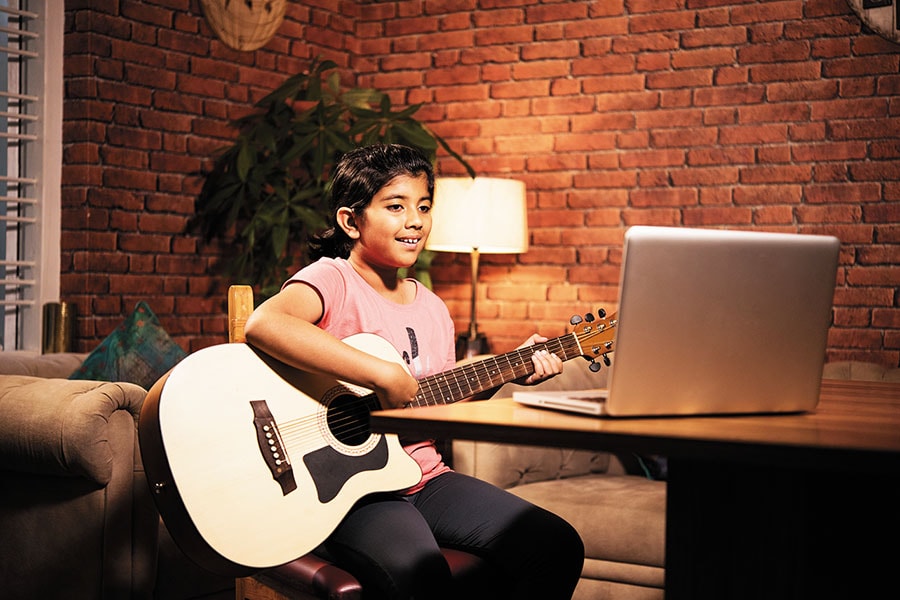
How 2020 altered customer behavior forever, by Kunal Bahl
2020 opened many virtual doors for businesses as physical ones stayed firmly shut. And the online experience is here to stay, Snapdeal founder writes

2020 has not been a normal year. Silently stirring in the closing days of 2019, Covid-19 exploded on the world stage in March 2020, upending all notions of normalcy. Almost overnight, a “new normal” emerged—people hiding behind masks and closed doors, shunning all social interactions, apprehensive about what lay ahead.
As the first wave of paranoia settled, a growing number of users found that online access was a small and safe peek into a bewildering world. The pandemic pushed people to quickly discover and adapt—digital ways of life got adopted, including by those who were unfamiliar or had been long resisting it.
In a dark year, when many businesses the world over were affected, online businesses have been the silver lining. The lockdown saw shoppers order everything online—from groceries and stationery to math tutorials and yoga sessions. While the fight against the pandemic continues, it has brought fundamental and long-lasting shifts in how we live, work and buy.
Here’s a look at what changed and is likely to shape consumer behaviour in the post-Covid world.
‘Online is not for me’
(This story appears in the 30 November, -0001 issue of Forbes India. To visit our Archives, click here.)





